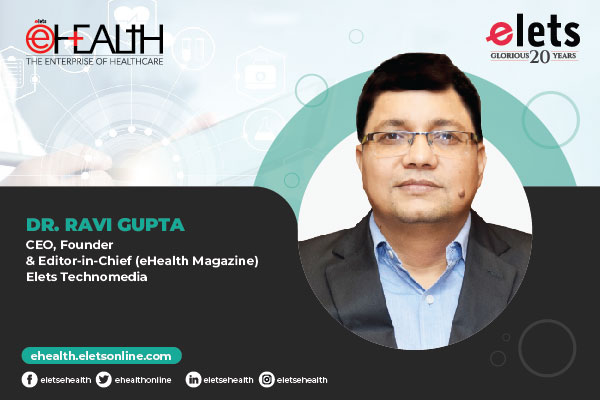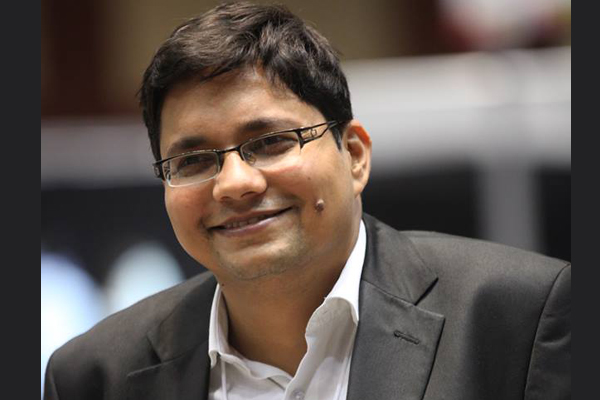The rising costs of healthcare and sharp discrepancies in access to services are pushing more than 100 million people every year into poverty, says WHO’s latest annual report. It recommends a return to “primary health care,” a more holistic approach developed in the 1970s where general practitioners, family doctors or nurses perform tasks that these days are frequently carried out by specialists, to get health development back on track. Preventive care needs to be stepped up on a priority basis and fast!
In many ways, eHealth has been sounding a similar idea about putting people in charge of their own health records. Good health is a public issue and all stakeholders must be involved in any step towards standardisation, uation and policy-making.

Higher uptake of technologies can in fact reduce costs significantly by reducing medication errors, better managing drug interactions, ensuring the authenticity of drugs delivered to market – and these are only some of the ideas that can be implemented. This aspect of eHealth should make service providers, especially hospitals, more open to its adoption. In India, there is still scope for advancing regional best practices in the health sector, given the wide variations in the levels of communication and IT infrastructure.
eHealth facilitates collecting, transmitting and exchanging clinical data, monitoring quality of care, sharing data more securely and instantaneously, responding to adverse drug events, and reducing medical errors. Improved healthcare delivery at the patient-level is an outcome of several networks and decisions at multiple levels. Both hospitals and service providers are fast realising the benefits of integrated communications system. This issue looks at the solutions provided by one player, Microsoft.
Creating awareness about technological advances and innovations we can drive higher demand thus reducing the cost of products like the iShoe, covered in this issue and make the common man a true beneficiary of the Internet revolution. Web 2.0 has changed the way medical science uses information technology and it has the potential to change the way health science technology affects our daily lives.

We at eHEALTH strive to be a part of the electronic revolution by bridging the gap between service providers and end-users. eHEALTH Asia 2008 is one step in this direction, where players from the government, industry and civil society will meet for three days to share ideas and innovate. We look forward to having you participate and enrich the sharing experience.
Be a part of Elets Collaborative Initiatives. Join Us for Upcoming Events and explore business opportunities. Like us on Facebook , connect with us on LinkedIn and follow us on Twitter , Instagram.








